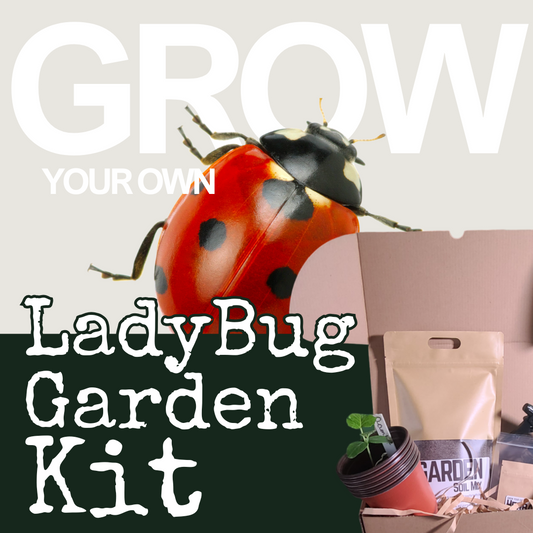Companion planting benefits your garden by repelling pests, improving soil aeration, and enriching nutrients naturally. While some plants help each other thrive, others may compete or attract pests. Use this chart to plan a healthier, more sustainable garden without chemicals.
Companion Planting Chart
|
Vegetable/Herb |
Companion |
Avoid Planting Near |
| Beans | Corn, Cucumbers, Squash Tomatoes, eggplant, Beets, Carrots, Cauliflower, Peas, Radishes, Celery, Summer Savory, Broccoli, Beets, Strawberries | Garlic, Onions, Peppers, and Sunflowers |
| Peppers | Onions, Basil, Cilantro, Spinach, Tomatoes | Beans |
| Carrots | Onions, Peas, Lettuce, Beans, Parsley, Radishes, Sage, Tomatoes, Rosemary | Dill |
| Lettuce | Carrots, Corn, Eggplant, Onions, Spinach, Tomatoes, Cabbage, Beets, Brussel Sprouts, Asparagus, Corn, Cucumbers, Radishes, Peas, Potatoes, Sunflowers, Strawberries | Broccoli, Celery, Parsley |
| Onions | Broccoli, Carrots, Peppers, Spinach, Tomatoes, Lettuce, Potatoes, Cabbage, Beets | Beans, Sage, Peas |
| Tomatoes | Carrots, Celery, Parsley, Thyme Spinach, Radishes, Lettuce, Basil, Beans, Dill, Onions, Melon, Peppers | Corn, Potatoes, Kale, Corn, Cauliflower, Cabbage, Broccoli, Brussel Sprouts |
| Cucumbers | Corn, Cauliflower, Peas, Lettuce, Radishes, Sunflowers, Beans, Cabbage | Herbs, Potatoes, Melons |



